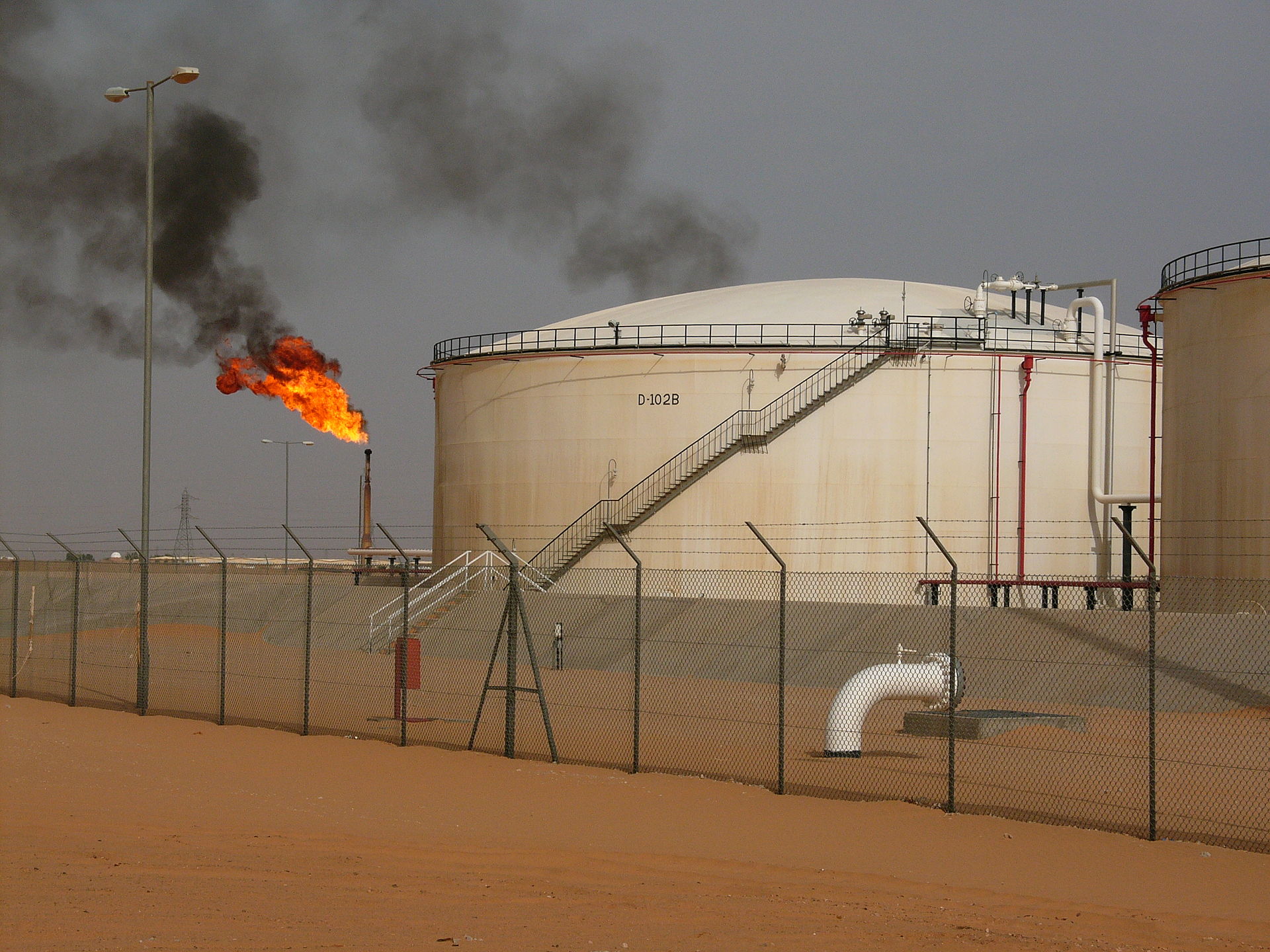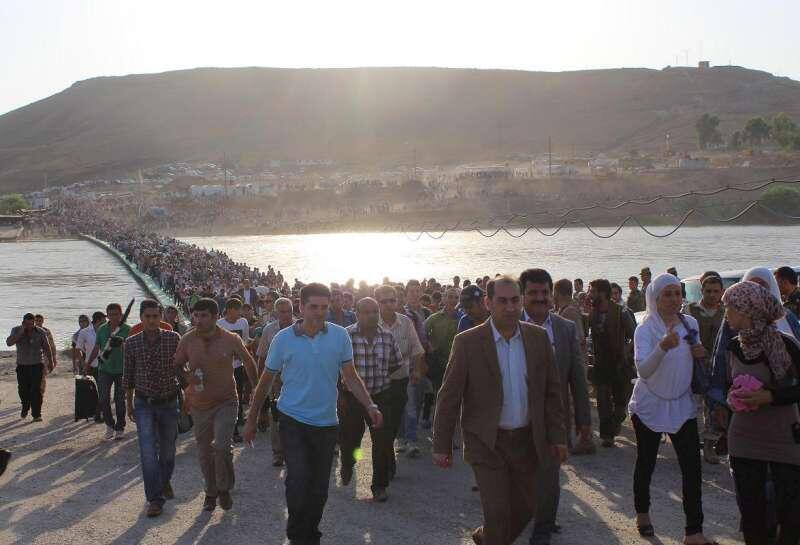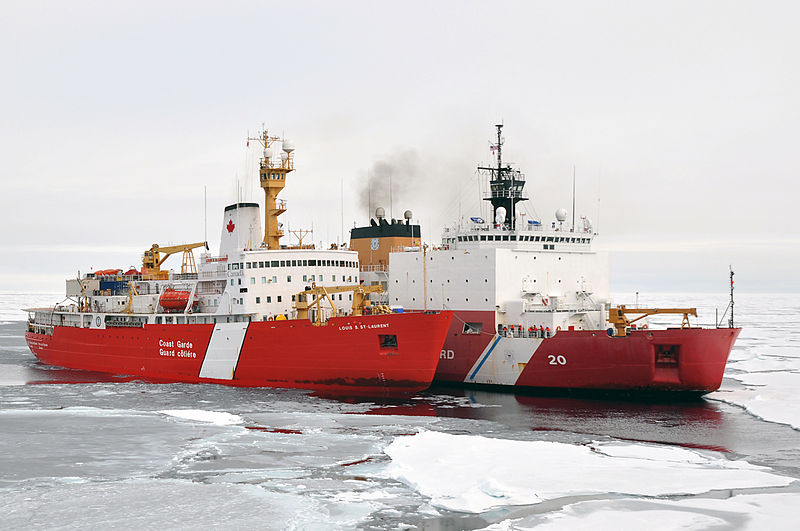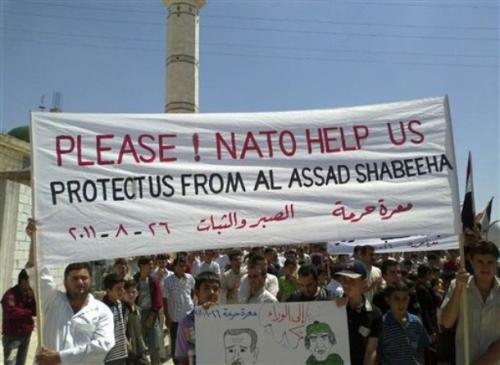Saudi Arabia, the worlds largest exporter of the worlds #1 most exported product, petroleum, has been hit hard over the last two years following the 2014 spike and consistent decline in oil prices. The country’s massive wealth from decades of being the top exporter and from guiding the powerful Organization for Petroleum Exporting Countries (OPEC) could only bear so much for a country in which the petroleum sector accounts for 45% of GDP and 80% of budget revenues. Last June, Saudi officials began expressing a desire and plan to take the state owned Saudi Aramco oil company public. The oil company’s Initial Price Offering (IPO) is projected to be a massive one should it list itself on the New York stock exchange, with an initial price in excess of $2 Trillion. This would not only provide a massive inflow of cash, but would also open up the closed Kingdom to United States securities regulations and scrutiny.
Why would Saudi Arabia, which has kept its oil nationalized since its inception, open itself up to scrutiny and a loss of control in their most vital asset instead of safely listing itself on its own exchange for the lower but still substantial $300-$400 Billion? For one thing, it recognizes the importance that Saudi Arabia places in continued cooperation with the US following the lifting of sanctions on Iran. It also signals that US capital markets are still the strongest in the world following the financial collapse. However, it also shows that the Saudis are tiring of an oversupply in the oil market that has turned into a war for market share. Iran, after being crippled for years by economic sanctions, wants to reestablish itself as a player in the international oil trade regime. Long time enemies on and off the battlefield, the competition is only spurred on by the change in the demand for both of their chief resources.
For example, the largest economy in the world, the United States of America, registers petroleum as its primary source of energy by consumption at 35% and natural gas a close second at 28%. Of this, Natural gas is primarily used for energy generation and commercial and residential uses, while petroleum is used in the majority for the transportation and industrial sectors. While the US produced slightly more Natural gas than it consumed in 2015, a difference of about 1.3 trillion cubic feet, it produced less than half of the 19.4 million barrels of oil it by and large refines into petroleum per day*. However, the amount of oil the US imports has also decreased, with oil imports falling by over 4 million barrels per day from since the 2007-08 high. This focus on diversifying the ‘energy mix’ through shale gas development has been of particular importance for the US, and was partly a reason for the massive oil oversupply by Saudi Arabia and other middle eastern countries which was hoped would lower the price of the oil to the point where it effectively out-priced the cost of shale fracking.
When combined with poorer than expected economic weakness in Europe, Japan, and China, this unexpected decrease in demand meant the oversupply that was intended to weaken alternative energy development was an over-oversupply. With real growth in 2014 oil demand equaling to 700,00 million barrels per day, supply overshot this target by nearly double to match the expected growth of 1.3 million barrels per day.
The race is now on to offload excess supply, stabilize the price of oil, and enter the emerging energy markets. Saudi Arabia has found that going it alone to out-compete the growing use of energy alternatives is becoming hard to maintain. Competition for the Asian market is stiff with other petroleum exporting countries to supply China and Japan, the second and third largest importers of oil respectively. The indication that Saudi Arabia is willing to hold a sidebar at an Algerian energy conference in late September, where OPEC members can begin to discuss a freeze, shows the need for oil prices to stabilize in order to ensure investors that AramCo’s financial records, mandatory for the IPO, will be reliable. This means a return to its role as a swing producer as opposed to flooding the market.
The question now remains as to what terms Saudi Arabia will have to aqueous to with the other major producers in OPEC. There could yet be a surplus of 810,000 barrels per day in 2017 should Iran and Iraq implement new capacity projects, Libya recoups some loses to turmoil, and Nigeria reopens oil fields halted by militant activity, this despite faltering US shale and Canadian oil sands bitumen production. Saudi clearly does not enjoy quite the same amount of leverage in production as it once did, and their competitors know it. The price the world has payed for lower oil prices has been steep, but the price the Saudi’s may be forced to pay could be too steep. Already, major oil importers are developing alternatives to become less reliant on the gulf’s oil. The need to boost oils price hastily, with the commodity being slowly but surely replaced and devalued by alternatives, is of the utmost importance for Saudi Arabia now that other producers knows there’s $2 trillion at stake.
Statistics: Aggregated from the U.S. Energy Information Administration’s database.
Photo: By Javier Blas via Wikimedia Commons, Licensed under CC BY SA 3.0.
Disclaimer: Any views or opinions expressed in articles are solely those of the authors and do not necessarily represent the views of the NATO Association of Canada.




